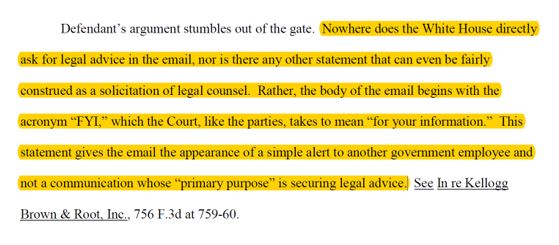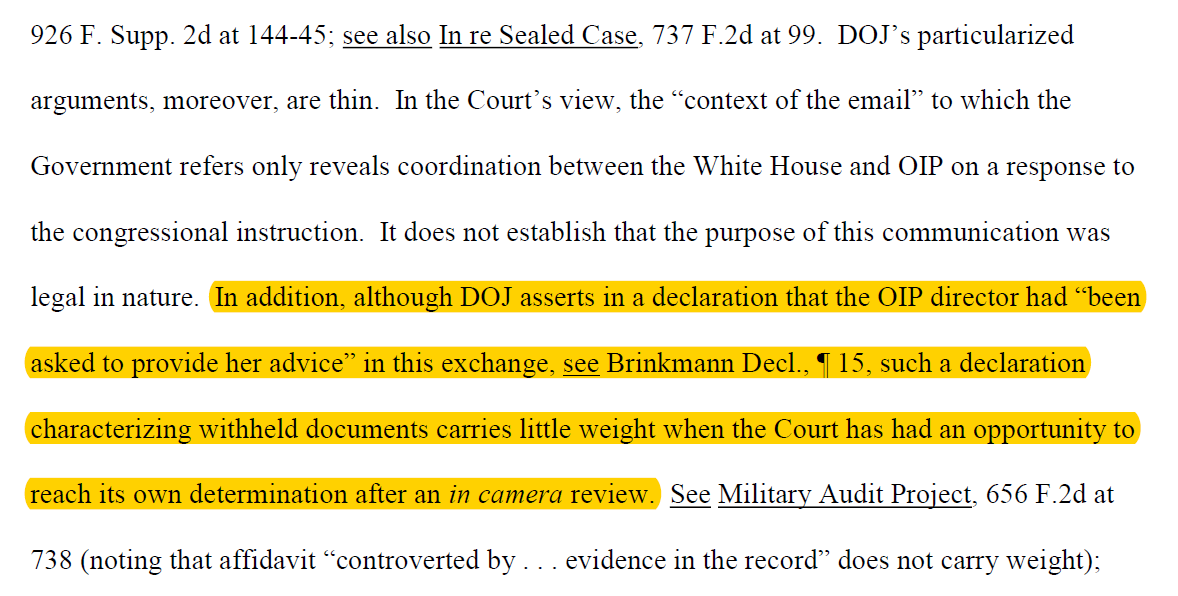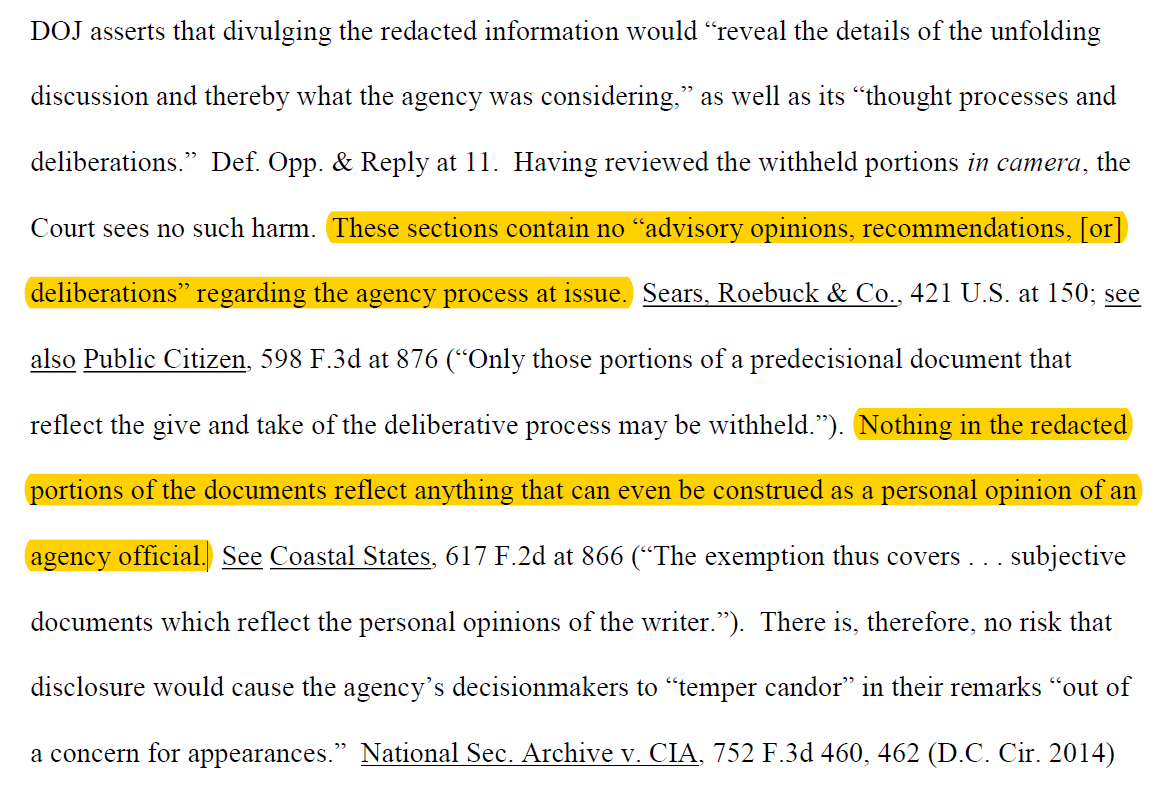This week, the U.S. Court of Appeals for the D.C. Circuit ruled in favor of Cause of Action Institute in its challenge to the Department of Justice’s (“DOJ”) attempt to segment records as “non-responsive” in order to avoid disclosure under the Freedom of Information Act (“FOIA”).
The records at issue were DOJ responses to questions from members of Congress known as Questions for the Record (“QFR”). The Circuit shot down DOJ’s argument that it could withhold individual questions and answers as non-responsive within a single QFR document:
DOJ’s position in this case is that each individual question and its corresponding answer within each of the self-contained QFR documents constitutes a separate “record” under FOIA. Resting on this claim, DOJ maintains that if it determined that a particular question-and-answer pairing within a QFR document was unresponsive to Appellant’s FOIA request, DOJ could decline to disclose the material even though none of the material in the QFR document was exempt from disclosure. Though our case law provides for a “range of possible ways in which an agency might conceive of a ‘record,’” we reject DOJ’s approach as an untenable application of FOIA, outside the range of reasonableness.
Unfortunately, the Circuit, while reversing the District Court on standing, dismissed Cause of Action Institute’s second claim challenging to DOJ Office of Information Policy’s guidance on defining a record under FOIA as unripe.
Read more about the decision at Yale Notice and Comment.
Background:
October 30, 2020: Cause of Action Institute files opening brief in DC Circuit appeal over definition of a “record” under the Freedom of Information Act
Feb. 8, 2017: Defining a “Record” under FOIA
Aug. 17, 2016: There is No Tenth Exemption




